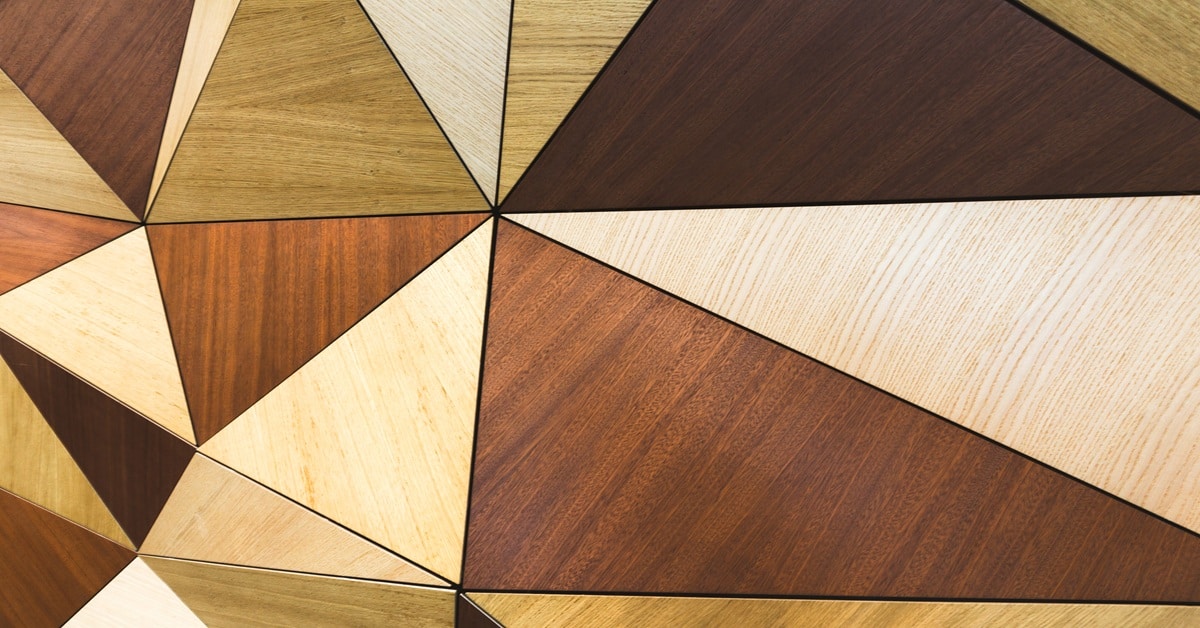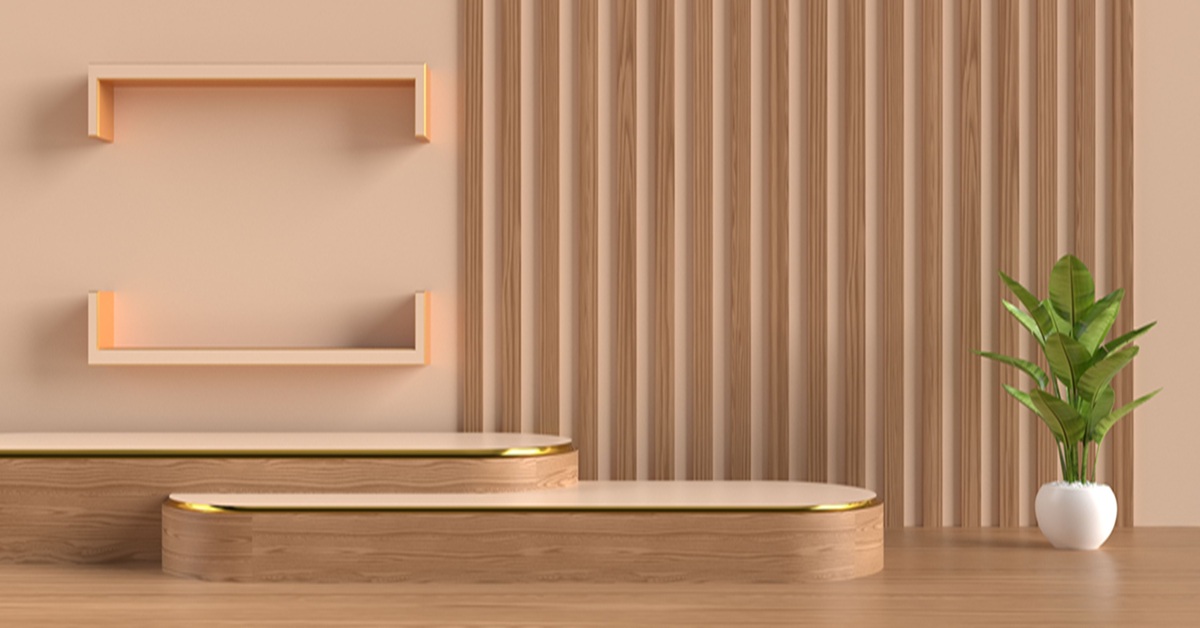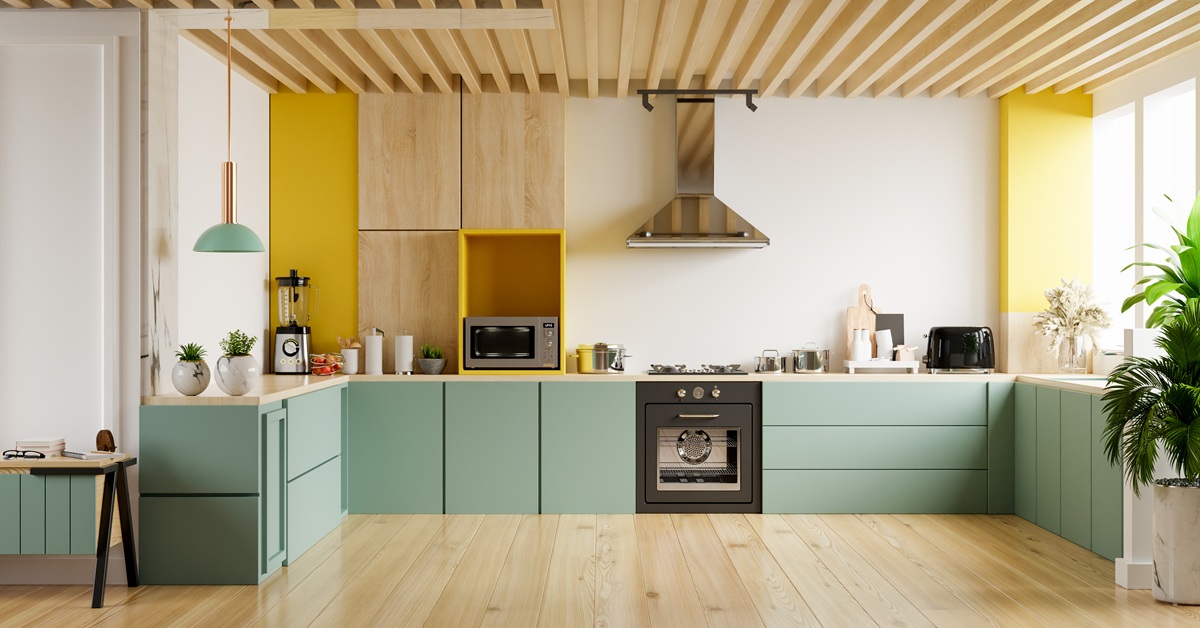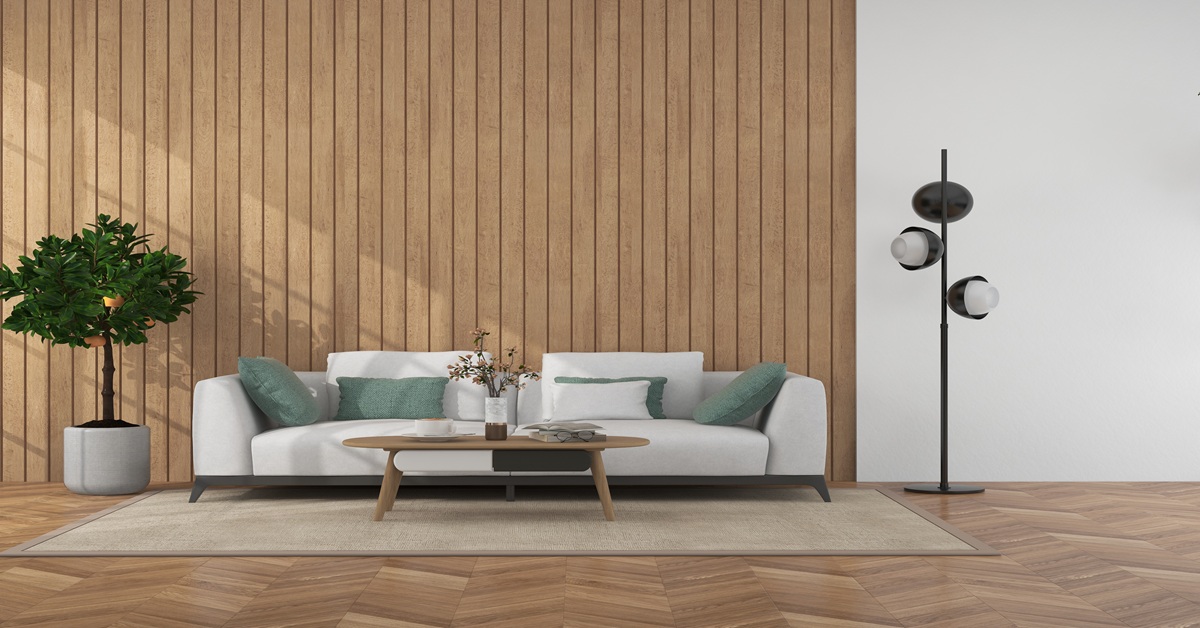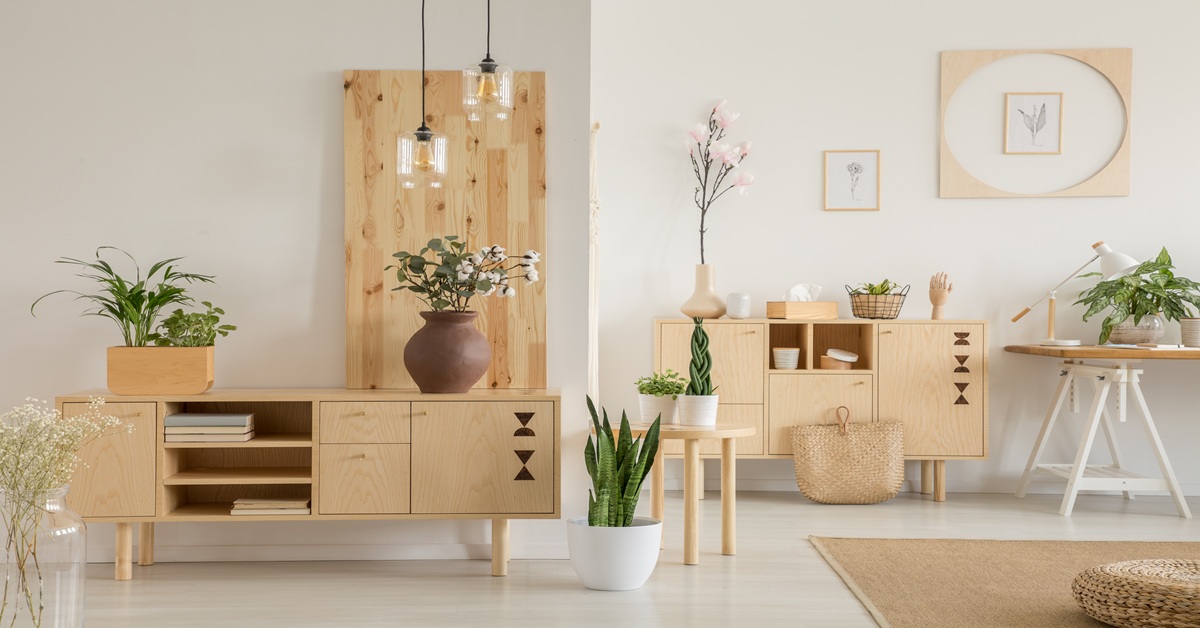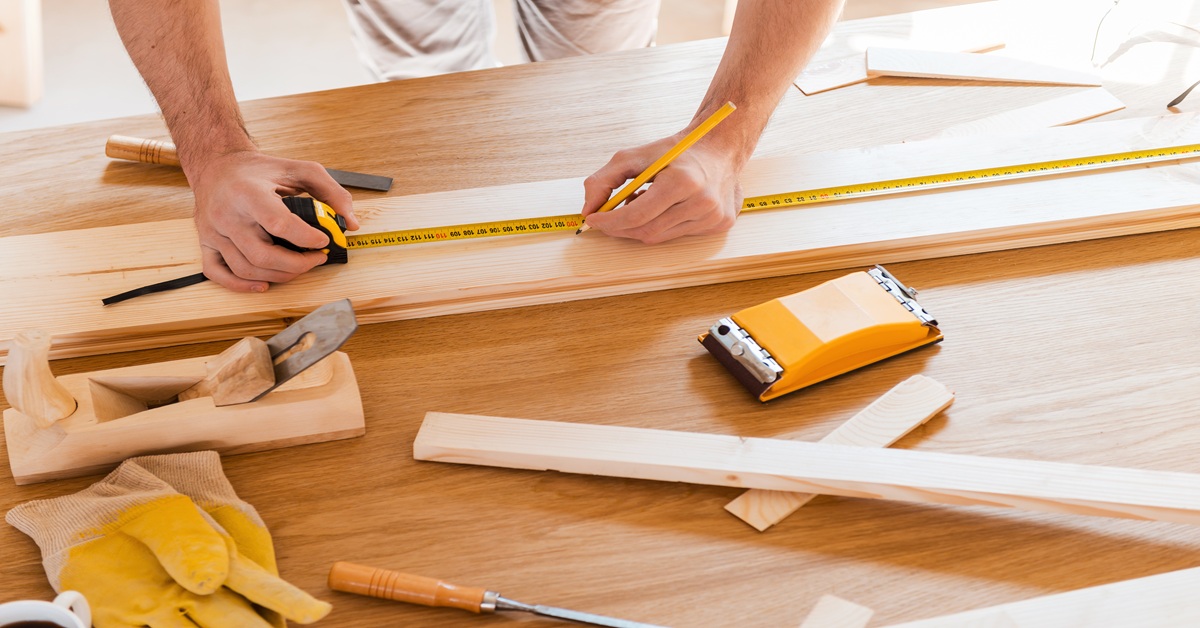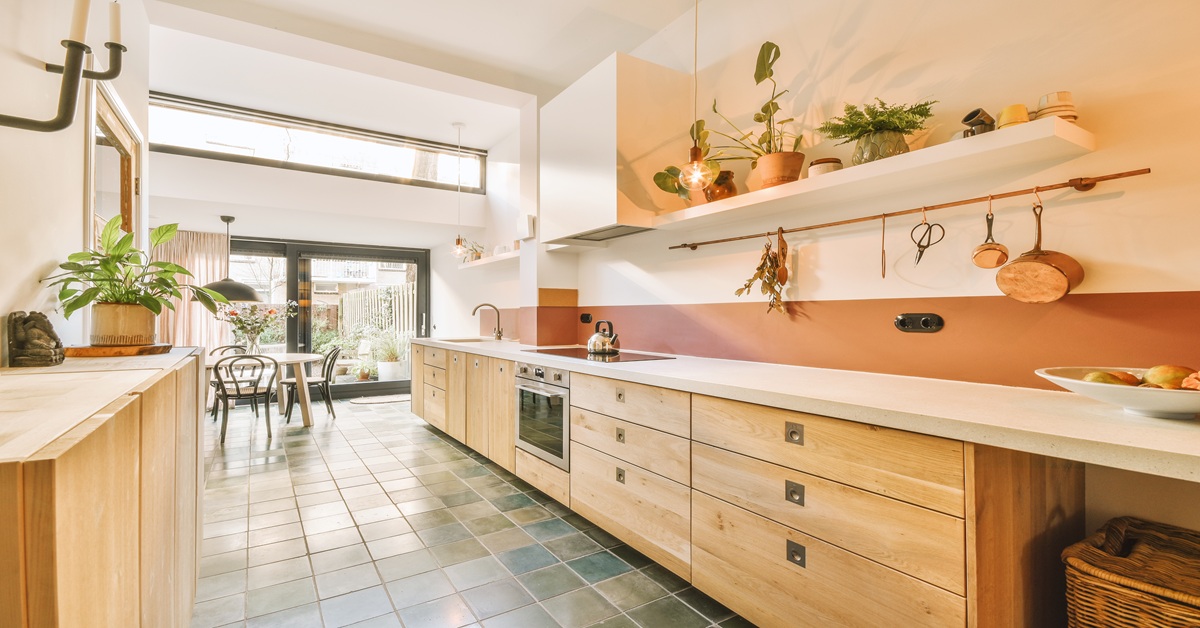In the realm of modern construction, innovation is key to enhancing performance, durability, and sustainability. Among the various advancements in building materials, Wood Plastic Composite (WPC) plywood has emerged as a revolutionary option, offering significant benefits over traditional materials. This blog explores what WPC plywood is, its advantages, applications, and why it is transforming the construction industry.
What is WPC Plywood?
WPC plywood, or Wood Plastic Composite plywood, is a type of engineered wood product that combines the properties of wood and plastic. It is made from a blend of wood fibers or sawdust and thermoplastic polymers, such as polyethylene or polypropylene. The wood fibers provide the natural look and strength of wood, while the plastic components enhance durability, water resistance, and flexibility.
The manufacturing process involves mixing wood fibers with plastic and then compressing the mixture into sheets or boards under high pressure and temperature. This results in a material that combines the best attributes of both wood and plastic, making WPC plywood a versatile and high-performance choice for various applications.
Advantages of WPC Plywood
1. Superior Durability
One of the standout features of WPC plywood is its exceptional durability. Unlike traditional wood plywood, which can be susceptible to damage from moisture, termites, and decay, WPC plywood is designed to withstand harsh environmental conditions. The plastic components in WPC plywood make it resistant to water, humidity, and rot, ensuring that it maintains its structural integrity over time. This durability makes WPC plywood an ideal choice for both indoor and outdoor applications.
2. Moisture and Water Resistance
WPC plywood excels in environments where moisture resistance is crucial. Traditional wood products can warp, swell, or deteriorate when exposed to water, but WPC plywood’s plastic content prevents these issues. It is particularly useful in areas prone to high humidity or frequent contact with water, such as bathrooms, kitchens, and exterior applications. The moisture resistance of WPC plywood also reduces the need for additional treatments or coatings, simplifying maintenance.
3. Termite and Pest Resistance
Termites and other wood-boring pests can cause significant damage to traditional wood products, leading to costly repairs and replacements. WPC plywood’s plastic components make it impervious to termite infestations and other pest-related damage. This resistance eliminates the need for chemical treatments and ensures that the plywood remains intact and functional even in pest-prone areas.
4. Environmental Sustainability
WPC plywood is considered an environmentally friendly option due to its use of recycled materials. The wood fibers used in WPC plywood often come from sawdust and wood waste, reducing the need for virgin timber and minimizing environmental impact. Additionally, the plastic components can be made from recycled plastics, further contributing to sustainability. WPC plywood’s long lifespan and resistance to decay also reduce the need for frequent replacements, lowering its overall environmental footprint.
5. Aesthetic Appeal
Despite its synthetic components, WPC plywood can be designed to mimic the natural appearance of wood. It can be finished with textures, colors, and patterns that replicate traditional wood finishes, providing a high-end look without sacrificing performance. This aesthetic versatility allows WPC plywood to be used in a wide range of design applications, from modern interiors to classic exteriors.
6. Low Maintenance
WPC plywood requires minimal maintenance compared to traditional wood products. Its resistance to moisture, pests, and decay means that it does not need frequent sealing, staining, or painting. Routine cleaning with a damp cloth is typically sufficient to keep WPC plywood looking its best. This low-maintenance feature makes it a convenient choice for both residential and commercial projects.
7. Lightweight and Easy to Handle
WPC plywood is lighter than many traditional wood products, making it easier to handle and install. This lightweight characteristic can reduce labor costs and simplify the construction process. Additionally, WPC plywood’s ease of handling allows for more precise cutting and shaping, enhancing its versatility in various applications.
Applications of WPC Plywood
1. Residential Construction
In residential construction, WPC plywood is used for a variety of applications, including flooring, wall panels, and cabinetry. Its durability and water resistance make it suitable for high-traffic areas, such as kitchens and bathrooms, where moisture and wear are common. WPC plywood is also used for exterior cladding, where its resistance to weather conditions ensures long-lasting performance.
2. Commercial Spaces
In commercial settings, WPC plywood is utilized for office partitions, furniture, and decorative wall panels. Its durability and low maintenance requirements make it an ideal choice for high-use areas, such as retail stores, hotels, and restaurants. WPC plywood’s aesthetic versatility allows businesses to create stylish and functional interiors that stand up to the demands of commercial use.
3. Outdoor Applications
For outdoor applications, such as decking, fencing, and garden structures, WPC plywood offers a reliable solution that can withstand exposure to the elements. Its resistance to moisture, UV rays, and pests ensures that outdoor installations remain in excellent condition over time. WPC plywood’s ability to maintain its appearance and performance in outdoor settings makes it a popular choice for landscaping and exterior design.
4. Marine and Coastal Environments
WPC plywood is also well-suited for marine and coastal environments, where exposure to saltwater and humidity can cause significant damage to traditional wood products. Its water resistance and durability make it an ideal material for boat construction, docks, and coastal structures. WPC plywood’s ability to resist decay and maintain structural integrity in challenging environments ensures reliable performance in marine applications.
5. Modular and Prefabricated Structures
In modular and prefabricated construction, WPC plywood’s lightweight and easy-to-handle nature make it a valuable material. It can be used for creating modular panels and components that are assembled on-site. Its resistance to moisture and pests ensures that prefabricated structures remain durable and functional throughout their lifespan.
6. Interior Design
WPC plywood is also used in interior design for custom furniture, cabinetry, and decorative elements. Its ability to mimic the appearance of natural wood allows designers to create elegant and contemporary interiors without compromising on performance. WPC plywood’s low maintenance and aesthetic appeal make it a popular choice for high-end residential and commercial interiors.
Choosing the Right WPC Plywood
When selecting WPC plywood for your project, consider the following factors:
1. Quality and Certification
Ensure that the WPC plywood you choose meets industry standards and quality certifications. Look for products that have been tested for performance and durability, and verify that the manufacturer uses high-quality materials and processes. Quality certification can provide assurance of the plywood’s reliability and suitability for your application.
2. Environmental Considerations
If sustainability is a priority, choose WPC plywood made from recycled materials and produced using eco-friendly practices. Check for certifications or labels that indicate the plywood’s environmental credentials and commitment to sustainability.
3. Aesthetic Preferences
Consider the design and finish options available with WPC plywood. Choose a product that complements your design vision and meets your aesthetic requirements. WPC plywood can be customized with various textures, colors, and patterns to achieve the desired look.
4. Application Suitability
Ensure that the WPC plywood is suitable for your specific application. Consider factors such as exposure to moisture, UV rays, and wear and tear. Select a product that offers the necessary performance characteristics for your project’s requirements.
5. Budget and Cost
Compare the cost of WPC plywood with other materials and evaluate its long-term value. While WPC plywood may have a higher upfront cost, its durability and low maintenance requirements can result in cost savings over time. Consider your budget and weigh the benefits of WPC plywood against its initial investment.
Conclusion
WPC plywood represents a significant advancement in building materials, offering a blend of strength, durability, and versatility. Its ability to resist moisture, pests, and environmental challenges makes it a game-changer in modern construction. Whether used for residential, commercial, or outdoor applications, WPC plywood provides a reliable and aesthetically pleasing solution that enhances performance and sustainability.
By understanding the benefits and applications of WPC plywood, you can make informed decisions for your construction or renovation projects. Its innovative properties and long-term advantages make it a valuable choice for achieving high-quality results and ensuring the longevity of your investments.

